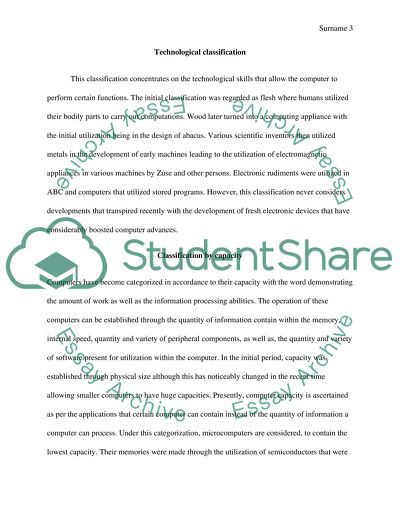Cite this document
(“The History of the Computer Term Paper Example | Topics and Well Written Essays - 1250 words”, n.d.)
The History of the Computer Term Paper Example | Topics and Well Written Essays - 1250 words. Retrieved from https://studentshare.org/information-technology/1444981-the-history-of-the-computer
The History of the Computer Term Paper Example | Topics and Well Written Essays - 1250 words. Retrieved from https://studentshare.org/information-technology/1444981-the-history-of-the-computer
(The History of the Computer Term Paper Example | Topics and Well Written Essays - 1250 Words)
The History of the Computer Term Paper Example | Topics and Well Written Essays - 1250 Words. https://studentshare.org/information-technology/1444981-the-history-of-the-computer.
The History of the Computer Term Paper Example | Topics and Well Written Essays - 1250 Words. https://studentshare.org/information-technology/1444981-the-history-of-the-computer.
“The History of the Computer Term Paper Example | Topics and Well Written Essays - 1250 Words”, n.d. https://studentshare.org/information-technology/1444981-the-history-of-the-computer.


